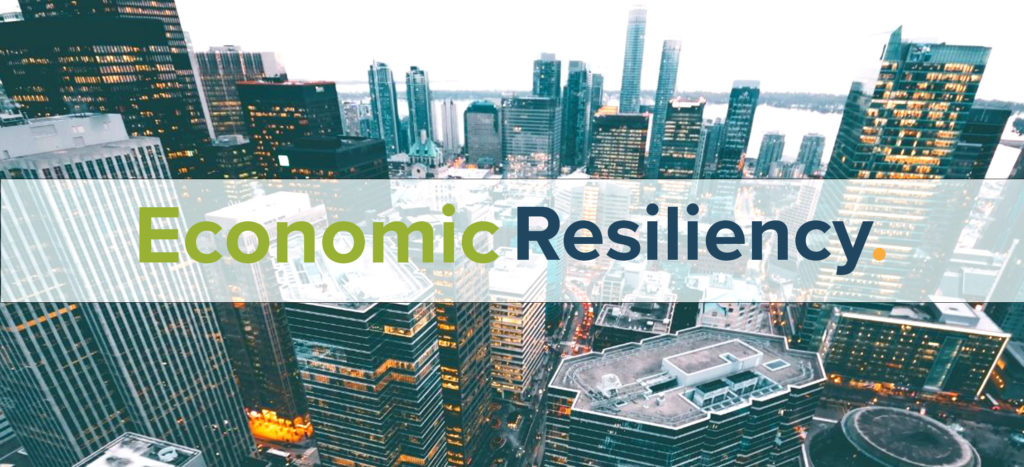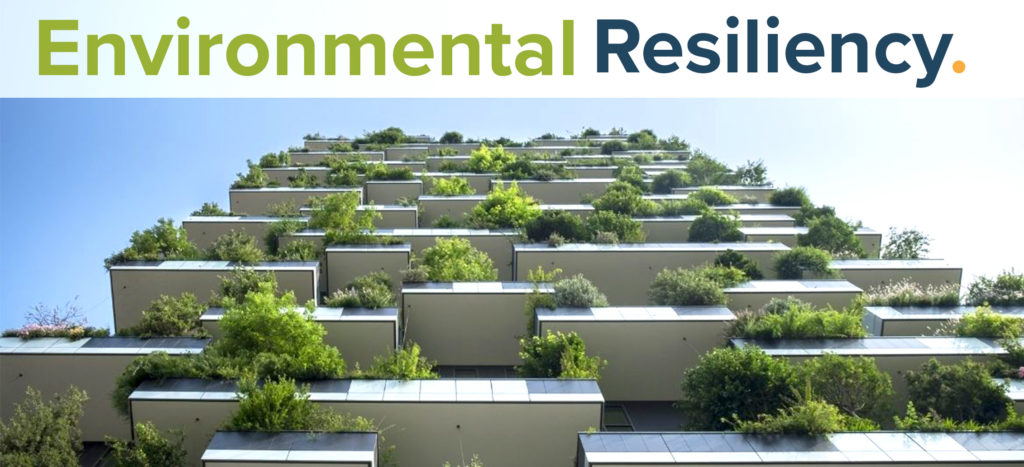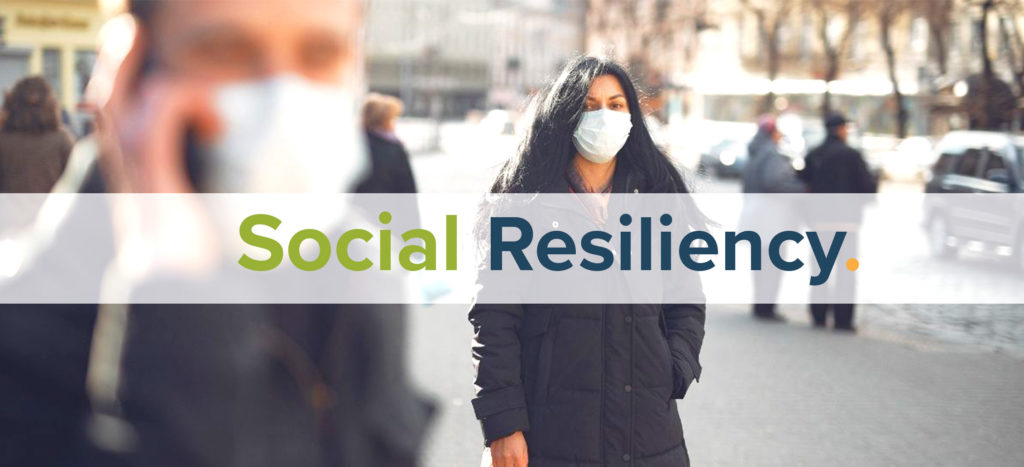Created by: Ania PItula, a team member of Sustainable Hamilton Burlington and the Sustainability Leadership Program.
Employee, Small Business Owner, CEO, Founder, Manager…
We were all affected by COVID-19 in the last year. More than ever before, we have been required to slow down and reminded that it is our collective responsibility to reassess the ways in which we live and work in order to create a resilient future.
What does it mean to be truly resilient?
Resilience refers to “the ability to recover from or adjust easily to adversity or change.”
Although the pandemic has reflected many of our biggest weaknesses, it has also served as a powerful lesson and brought forth opportunities to think and act differently to push through the difficulty, reclaim success and build resilient identities. We want to help you understand the importance of moving towards sustainable solutions and implementing preventative practices so you can thrive in the constantly evolving economy, environment and society.

Building economic resilience during and after the pandemic requires us to become innovative thinkers that participate in a Circular Economy. Outdated linear economic models, based on ‘take-make-waste’ systems are no longer feasible for long-term success as they are based on using limited natural resources and result in damage to human and ecological health.
A Circular Economy…
1. Focuses on limiting waste production and pollution
2. Keeps products and materials in consistent use
3. Regenerates natural systems
Consider Advancing your Business into the Circular Economy Model by…
- Focusing on designing or using bio-based products made for durability, reuse, remanufacturing and recycling
- Implementing renewable energies and technologies
- Switching to a Regenerative Thinking business model, and focus on creating value for every employee, partner and user. Allow your organisation to become a local resource for growth, innovation and connection.
- Aligning your business with Innovation Priorities:
- Viability – Addresses the strategic long-term business goals
- Desirability – Provides value for end users or creates a new market of other users of your materials or product
- Feasibility – Is there a technology that will make your product better?

Environmental resilience focuses on building our adaptive capacity toward impeding environmental factors such as climate change which has been contributing to the battle with greenhouse gas emissions, biodiversity loss and various other ecological disasters.
Increasing Adaptive Capacity requires us to…
1. Gain knowledge and practices to cope with climate related risks 2. Take an honest approach to our vulnerability and ability to adapt to a changing climate
(“Climate Change is no longer just a risk, it’s a reality”)
3. Emphasize leadership and build social capital by implementing sustainable technology
Climate Change Considerations…
- Understand and implement proactive Adaptation Strategies available to you and perform routinely environmental assessments such as local flood risk
- Invest in sustainable technologies such as Green Roofs, which provide natural landscapes in urban environments. The vegetation growing on them works efficiently to absorb Carbon Dioxide and limit heat pockets throughout the city by increasing air flow and solar reflectivity.
- Focus on participating in sustainable supply chains:
- Sustainable Supply Chain Management (SSCM): “a set of managerial practices that include all of the following: Environmental impact as an imperative, consideration of all stages across the entire value chain for each product; and a multi-disciplinary perspective, encompassing the entire product life-cycle.”

Building social and community resilience stems from cultivating equality, maintaining diversity and creating inclusion. Social resilience can only be successfully implemented with a collective
coping capacity in mind. It seeks to breakdown “unequally distributed vulnerabilities” while building up “trust and mutual support” and we are each responsible for supporting one
another throughout this process.
Creating a Diverse, Inclusive & Safe Work Place means…
1. Identifying discrepancies around inclusivity in your organization
2. Maintaining open, respectful and consistent communication and feedback
3. Providing resources and opportunities for team building and stress management
Create a Diverse, Inclusive & Safe Work Place by…
- Delivering mandatory Diversity Awareness Training at your workplace
- Addressing mental health concerns and implement workplace wellness seminars to improve your organisational performance
- Celebrating employee differences to build respect in the workplace
- Sourcing materials and resources from local and small businesses


